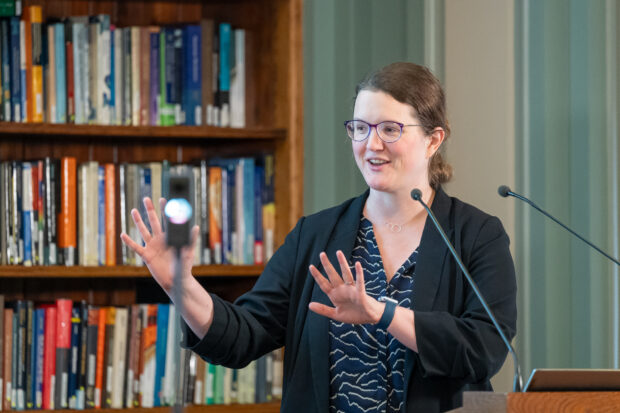Measuring performance and defining outcomes has always been difficult in government. In 2016, the Public Accounts Committee identified that there were “deep-seated problems that prevent government measuring performance and linking outcomes to funding”, while a subsequent report by the same powerful House of Commons committee in February 2019 added that “some departments were not able to produce financial and workforce plans for the medium term, or integrate these with the outputs and outcomes they propose to deliver”.
Solving this problem is also a government priority. In March, the Treasury announced that it was developing outcome delivery plans for every department of government, which would measure performance against a number of priority outcomes. These replaced single departmental plans that had previously tried to close this outcome gap but which the PAC’s2019 report said were “too high-level to enable Parliament and taxpayers to see what departments are achieving for the money”.
These new plans will be published later this year, and departments will be required to “report regularly” to the Cabinet Office and Treasury on progress, according to government guidance. This is intended to provide “an ongoing picture of departmental activity against the ODP, enabling greater shared understanding of performance and early action where delivery is off track”.
So how can this be done? Salesforce has examined how governments can use technology innovation to improve how it can analyse outcomes.
The firm, the global leader in customer relationship management solutions that brings organisations and customers together by creating a single, shared view of every user, has drawn inspiration from the charity sector, says Salesforce’s Paul Pick-Aluas, where organisations often assess the value of interventions to make sure they are driving value from scarce resources.
“The concept of outcome management says: I have a mission. It doesn’t matter how I achieve it; I just measure the outcomes and keep refining my process to achieve that mission,” he says.
Say, for example, a charity – or indeed a local or central government authority – has an aim to reduce homelessness, which leads it to invest in different programmes.
Some might provide training for homeless people in the hope that reduces homelessness by helping people to find jobs. Another programme focuses on covering the ancillary costs of housing, and a third might focus on health interventions.
The outcome-management approach looks at the value created through each scheme.If the education programme was working well, that would get greater resources. “But maybe it’s not working well,” says Pick-Aluas “And maybe I try to direct payments and maybe that has a better impact on reducing homelessness. Or maybe it’s a mental-health programme. The point is to measure the effectiveness of every single pound that goes in and what effect it has in key performance indicators.”
One extrapolation of this approach to government is around maximising the value of the vast array of grants and payments made by government – estimated by the National Audit Office in 2014 to amount to 1,100 government grants worth around two-fifths of all government spending.
Government can implement better outcomes measurements across three levels, according to Pick-Aluas. At the macro level, Salesforce’s software can track the data and customer interactions across the full gamut of interventions. “This is done by putting all the administrative information in one system, or having a system of aggregation like Salesforce, to track all these different programmes and analytics on top of that of where the money goes and what is done with it,” he says. “The integrations to bring that all in one place can give you a global picture and track your mission effectiveness, so you may, over time prioritise different programs.”
The same logic of monitoring inputs and outcomes can be applied to individual programmes. “If you have a contact centre and you’re getting a lot of calls in, that’s very costly and requires a high degree of interaction,” says Pick-Aluas. “So you can develop and focus on medium or low touch channels, or no touch channels, by putting answers to common questions on a website or launching a chatbot. This reduces the call volumes, and both increases your throughput and reduces your costs.”
Value is also unlocked by helping agencies identify questions or services that most consistently cause problems at a more granular level. “Then you can put more resources behind that, maybe train your agents better, maybe have clear internal documentation – you are able to do all this when you have that end-to-end view of a particular process or programme,” Pick-Aluas says.
Such details are often difficult to ascertain if departments and agencies operate across many different systems. “By bringing it together in a more unified solution, you’re able to get better visibility and optimise a particular process, and at the individual level, it makes sure issues are resolved. Otherwise, people are going to come back in and go through the process again.”
These examples begin to illustrate what can be achieved if government organisations are “a little more proactive” in measuring outcomes at those three levels, says Pick-Aluas, who has worked on such approaches with US government agencies.
“It’s all about getting a feedback loop for optimisation at the individual interaction level, at the programme level, and at the very macro level for the agency,” he says. “And you can do this by bringing systems together, linking them all into Salesforce, and unlocking the analytics that sit on top of it to make the most of this unified data. This is an opportunity to ‘wrap‘ a solution around an engine whose sole purpose is to maximise outcomes.”




